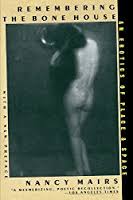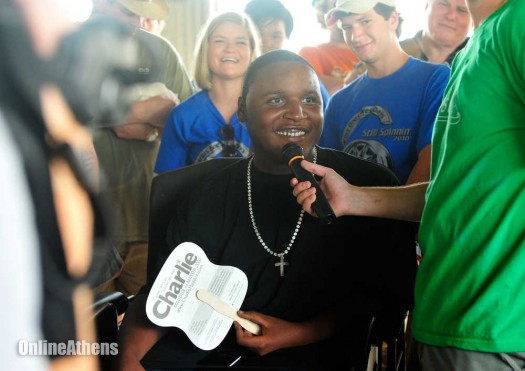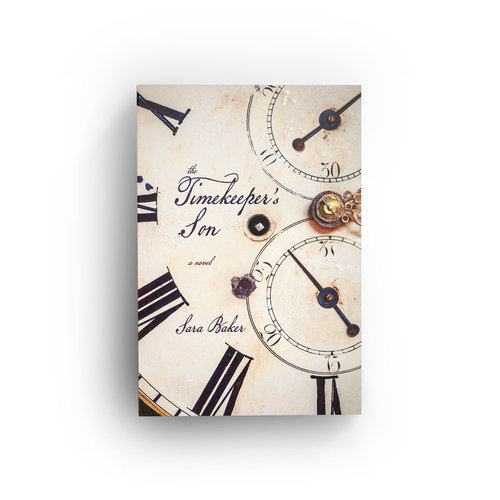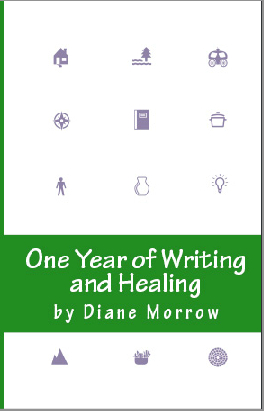A few mornings ago, my husband with great excitement pointed out all the bees covering one of my rose bushes. It seems as if last spring and summer was one long, sad vigil for honeybees, which we spotted only rarely. Four summers ago I had weathered a difficult passage in my life by getting up early to work every day in the garden, and what I most remember about that time was the background hum of buzzing–a happy, companionable sound. The silence of the garden last year seemed—was–eerily unnatural. Why the bees are back I don’t know, nor do I know how long they will stay. But their presence feels like palpable hope.
I’ve been in need of hope recently. My illness waxes and wanes, but it has been waxing quite a bit lately. I’ve not been able to do as much as I’ve wanted, especially the writing I want to do, which has made me both despondent and angry. It feels I’m in for another adjustment of my expectations. And I don’t want that. Haven’t I adjusted enough, given up enough, curtailed my life enough already?
To feel better, I took my dog Bella on an evening walk. I stopped by one friend’s house to see if she wanted to walk, but she wasn’t home. I decided to take the short route home—a route I don’t usually take—and who should I bump into but a friend I haven’t seen for probably a year. He said he had just been thinking of me. He was walking my way and we ended up walking quite a ways. He too has a chronic illness and so is someone I can be honest with, but more than that he has a wry sense of humor and tells great stories. I ended up feeling considerably cheered.
Both of these experiences spoke to me of abundance. I had almost given up on the honeybees, but there they were. I had thought I would have a lonely walk, but instead I had an enjoyable companion. I thought I had a clear picture of the world: the honeybees are dying and I’m not in such good shape myself. But maybe my picture of the world is skewed. Maybe it doesn’t allow for enough possibility, enough healing of the world and of me. I was put in mind of Antonio Machado’s magnificent poem, “Last Night as I Lay Sleeping”. Here is a stanza from that poem:
Last night as I was sleeping,
I dreamt—marvelous error!—
that I had a beehive
here inside my heart.
And the golden bees
were making white combs
and sweet honey
from my old failures.
(See the entire poem here:https://allpoetry.com/Last-Night-As-I-Was-Sleeping)
I love it that Machado doesn’t dream the bees are erasing his failures, but that out of them they are making sweet honey and white combs. Both are true, the bitter and the sweet. But grace prevails. Marvelous error indeed!
 As I flipped through my tiny note book, I came across this line in a poem by Pamela Wilson: “Not knowing, even confusion, when met, reveals itself as wisdom in its potentiality, pure intelligence.” The poem was from a workshop by Johanna Royo on Heart-Centered Living during a one-day conference, Healing the World through Art, at the Georgia Museum of Art. Johanna described an experience of deep depression and loneliness in her life which led her to her practice of Heart-Centered Living. She said that at the very worst moment, she sat on the floor of her kitchen and it seemed that a huge black hole opened up. And then, instead of resisting it, she fell into it. And came out laughing. She realized that was the resistance and fear that were keeping her stuck.
As I flipped through my tiny note book, I came across this line in a poem by Pamela Wilson: “Not knowing, even confusion, when met, reveals itself as wisdom in its potentiality, pure intelligence.” The poem was from a workshop by Johanna Royo on Heart-Centered Living during a one-day conference, Healing the World through Art, at the Georgia Museum of Art. Johanna described an experience of deep depression and loneliness in her life which led her to her practice of Heart-Centered Living. She said that at the very worst moment, she sat on the floor of her kitchen and it seemed that a huge black hole opened up. And then, instead of resisting it, she fell into it. And came out laughing. She realized that was the resistance and fear that were keeping her stuck.








Recent Comments